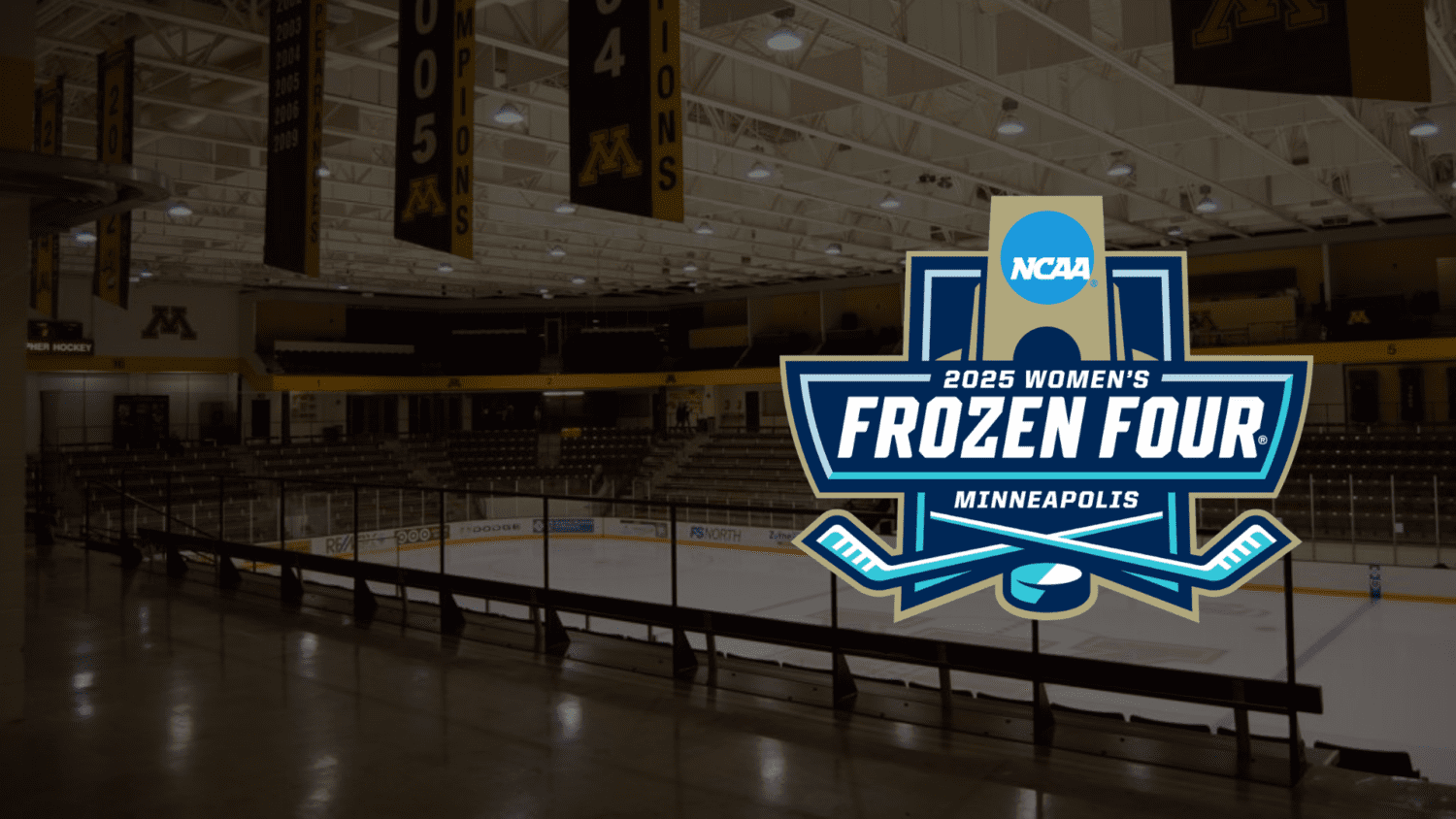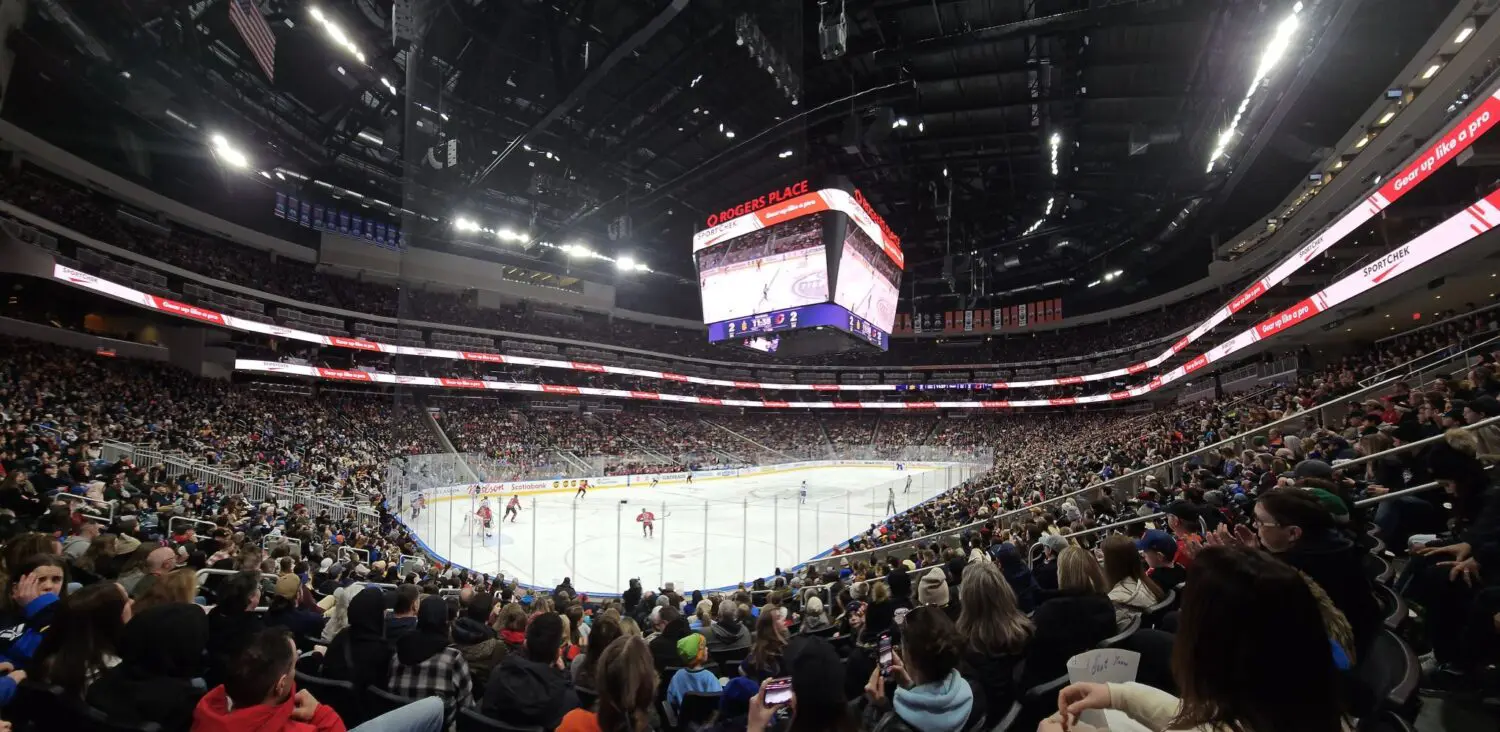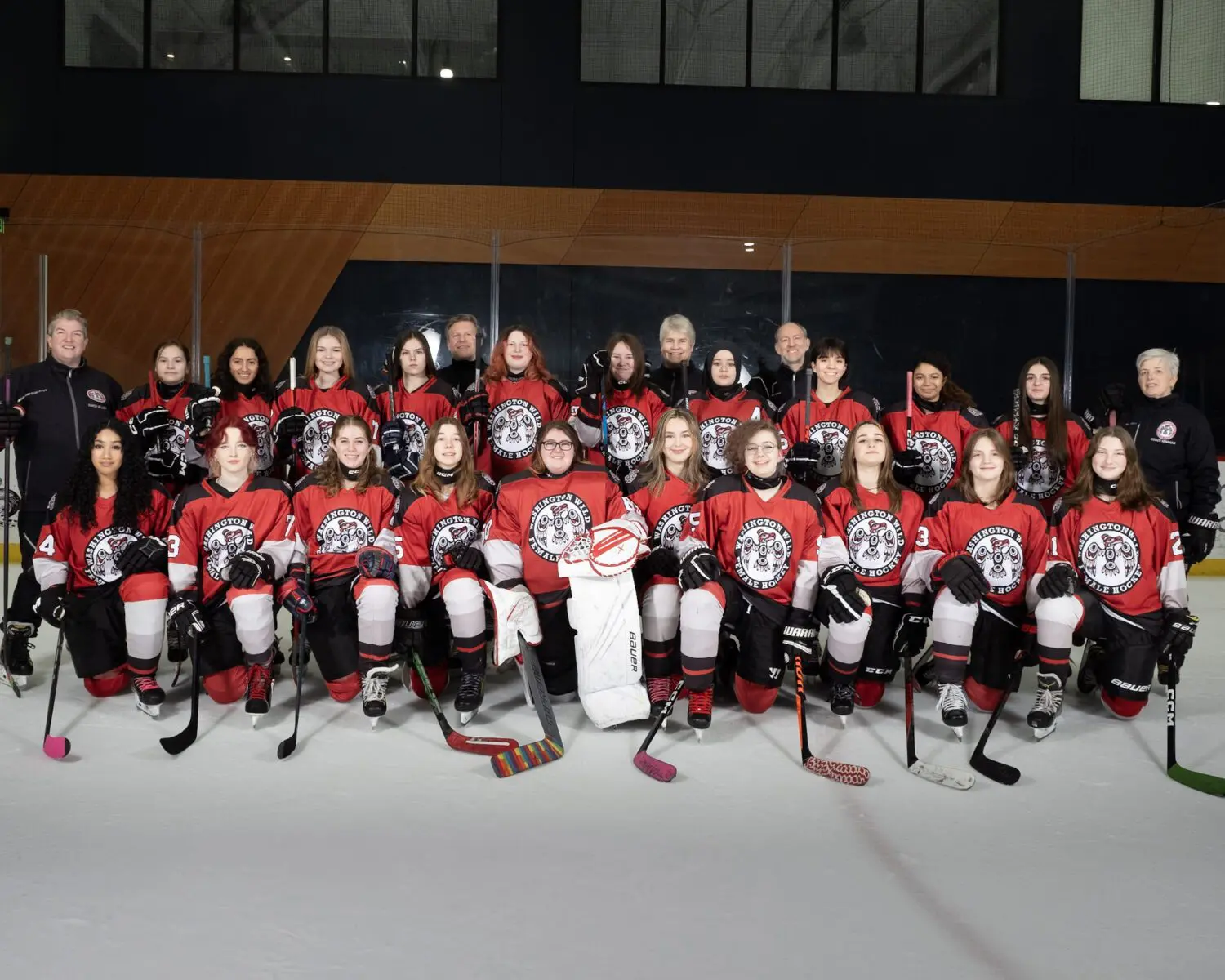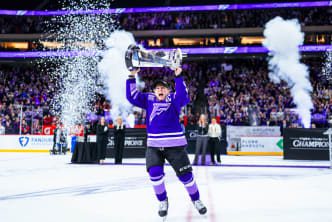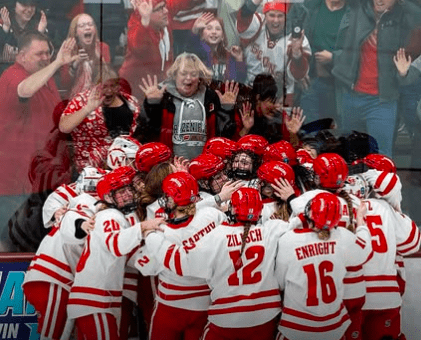Just before the first season that I coached hockey after finishing playing, the head coach I was going to work with and I traveled to Windsor, Ontario to attend Roger Neilson’s first ever Coach’s Clinic. There were awesome speakers with many NHL hockey coaches taking the podium. One presenter I certainly remember is Mike Keenan. Mike would have just finished his third season coaching in the NHL and was moving from the Philadelphia Flyers to the Chicago Blackhawks. His topic for the conference was “Game Preparation” and he took us right from the final buzzer of one game to the start of the next game – explaining all the things that went into preparing for an NHL game. It was a terrific presentation coming from a coach who had experience as a high school teacher. It was one thing, though, that he said that really stayed with me until today. He said “the most important thing a coach can do is get the right people on the ice at the right time”. Now I think there are many things that we need to do well as coaches and I think that his quote is more applicable to an NHL coach but, bench management is certainly hugely important and is part of the fifth level of my Coaching Pyramid.

This is part four of a continuing series of posts introducing my Coaching Pyramid. Having examined some of the more conceptual pieces of the pyramid in parts 1-3, the next level of the pyramid talks to elements of actually managing your program. These are nuts and bolts things that you need to be able to do well in order to be a good manager (as opposed to an executive director!). This level of the pyramid includes: Season Planning, Practice Planning, Skill Development, and Bench Management.
Until 2006, I hadn’t ever been big on Season Planning. It was something that just kind of came naturally for me. I work through different things that we wanted to work on during the season. If I felt our power play wasn’t working too well then we worked on the power play. If our offensive zone entry wasn’t great we worked on that. It was a hugely valuable exercise to actually have to put a season plan together when I did my Level 3 NCCP certification before the 2006-07 season. Of course, for that assignment, it was an unbelievably detailed map of everything we were going to do during the year but, I found that as the season went on, I was so much more organized in making sure that we didn’t miss anything that we needed to work on. Simply, we were just way more on track to make sure that we were going through a year-long lesson plan that made sense for the entire season. Since then I’ve always put together a season plan. Sometimes it’s a rough outline of things to do each week. Sometimes I put it together on an almost practice by practice basis, but at the end of the day, I always have a season plan that I can refer to regularly. If you haven’t done any season planning before, this is a great time (spring) to start before next season. It’s a document that will certainly evolve as a season progresses but, you’ll find that it is a crucial piece to your organization.
To be honest, I spent 20 years of coaching without really doing much practice planning. I often confide that “I can wing practice with the best of them”. People would watch a practice that I would run cold and they would never know that there was no plan to what I was trying to accomplish. But, I know that when I plan practice beforehand, there is much better continuity from drill to drill. For instance, if we’re working on our breakout as a priority in a practice then I will make sure that all of our passing drills at the start of the practice are aligned with the things we’re trying to accomplish in the final drills. Or, a practice might be geared to improving playing speed, so I make sure that all of our passing, shooting and skating drills at the start of the practice align with playing full speed so that theme is carried through the entire practice. I think it’s easy just to run the same old drills, that could very well be terrific old drills, but they don’t necessarily connect and flow through what we really want to accomplish by the end of the practice. Doing some practice planning helps in assembling practice in a meaningful and thoughtful way.
It doesn’t matter what level you’re coaching, you need to incorporate skill development into your season planning and your practice planning. Improving the skill level of your players is the most crucial thing you can do to be successful as a season progresses. And it’s not just passing, shooting, skating, stick-handling drills that you need to work on. You also have to work on individual tactics and some rudimentary team tactics that I consider part of skill development. For example, both forwards and defenseman need to learn how to play a two-on-one rush appropriately. Forwards must understand how to create a scoring chance, defenseman must understand how to take away a scoring chance. I know that when I played, we didn’t do a lot of individual skill work. We went to practice, went through the drills and sure, we worked on our developing our skill level but, we didn’t specifically do skill work like players do today. Because of this, it helps me as a head coach to either have a coach on staff who understands all the skill development “stuff” or, bring someone in on a part time basis that can work on individual skills with my players.
Finally, bench management is still a crucial part of what we do as coaches. But, I’ll take it a step further than Mike Keenan’s “getting the right players on the ice at the right time”. Bench management to me means appropriate ice time for players and aligning it with team expectations, making sure players are on the ice at the right time to maximize skill development, making sure everybody finishes a game feeling like they’ve contributed to the team’s success, even making sure the goaltenders are getting the appropriate ice time and starting the appropriate number of games. All of which is part of great bench management. As concepts connect through the pyramid, clearly good communication is vital to solid bench management.
These four elements of the Coaching Pyramid are central to successful coaching. I have certainly not done them justice in this short post so I am including links below to some past posts that refer to these four things. Next week we will look at the last level of the pyramid and wrap the series up in week six with two successful pieces of coaching philosophy that I brought to my team this season.
What Does Your Season Plan Look Like? (September 19, 2015)
7 Steps to Great Season Planning (January 2, 2015)
5 Ways to Add an Experience to Your Season Plan (April 22, 2017)
11 Dos and DON’Ts for Hockey Practice (September 14, 2015)
Make Your Practice Drills Count (October 6, 2017)
Hockey Coaches: Are You Running Effective Drills? (May 14, 2016)
Coaches: How’s Your Skill Development Going? (March 4, 2018)
Bench Management: 9 Things Coaches Need to Know (July 30, 2016)
Managing Focus on the Bench (November 28, 2015)
[adrotate group=”1″]
Related Articles
Categories
Recent Posts
[adrotate group=”2″]

